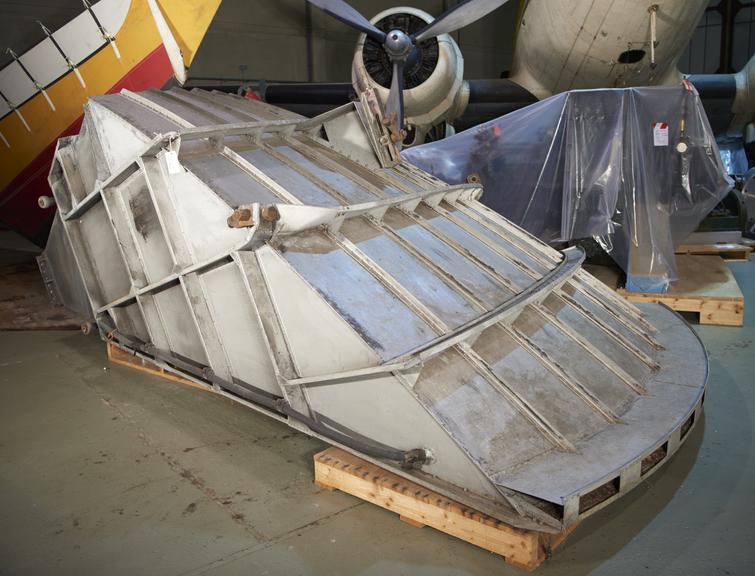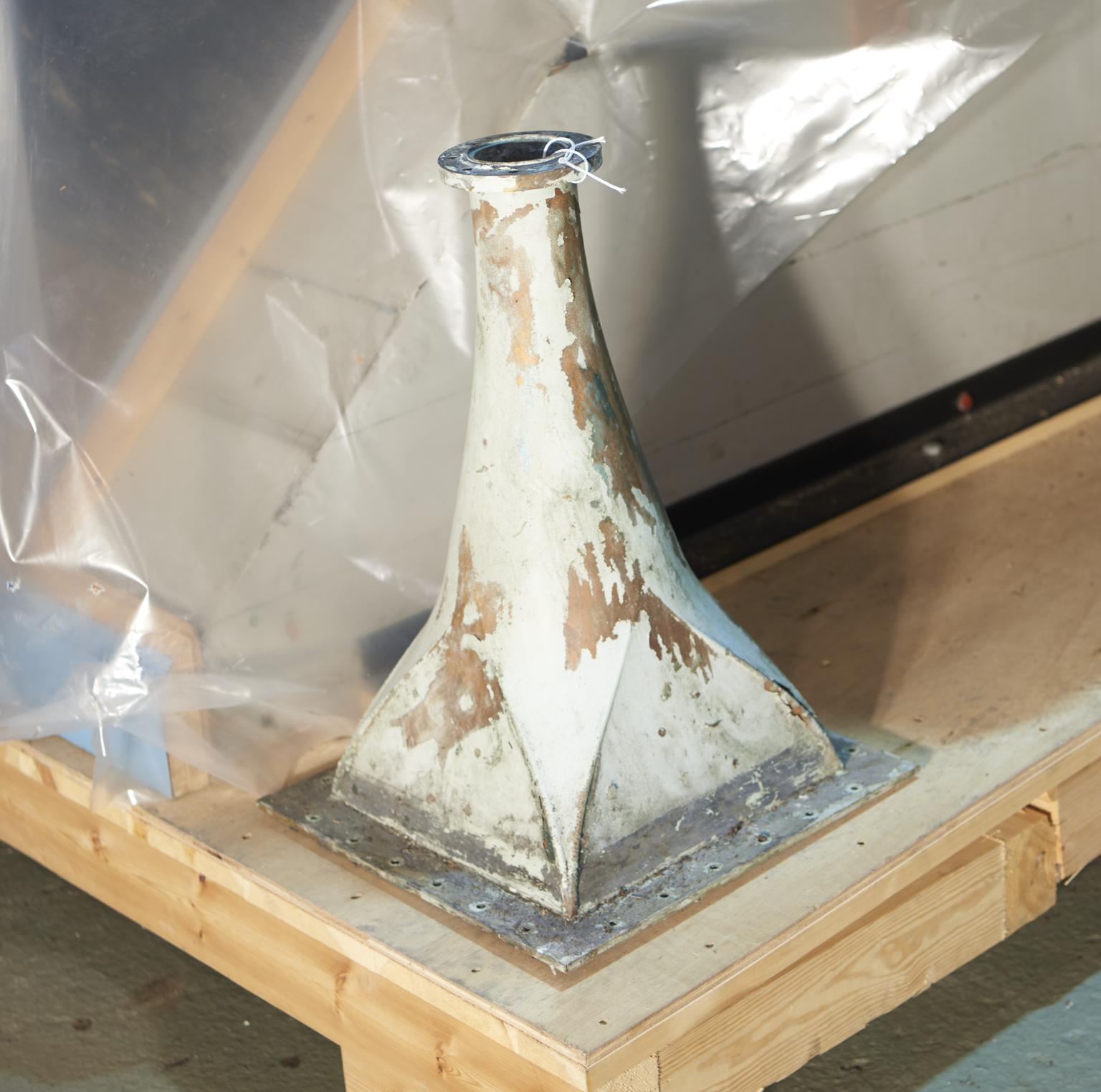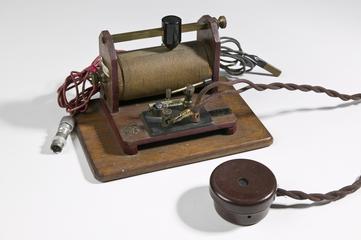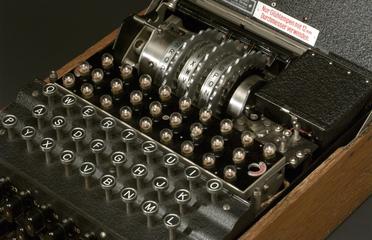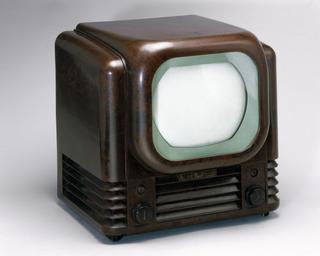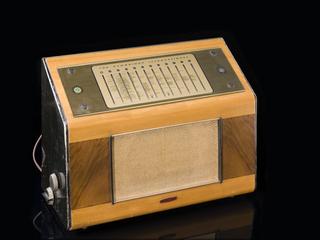Microwave Horn used at Harrow Weald Radio Station, c. 1965-2000
Microwave horn aerial used at Harrow Weald Radio Station, c. 1965-2000
More
Harrow Weald Radio Station was built in the mid-1960s as part of a UK-wide microwave telecommunications network of which the GPO Tower (later BT Tower) in London was the most familiar example. The ostensible reason for the network was to enlarge capacity for television and telephone circuits but it is thought that the real reason was to provide a secure communications network for government and official use during and after a nuclear war.
The microwave network provided a significant part of the UK’s telecommunications capacity until the 1980s when they were largely replaced by fibre optic cables, which have larger data capacity and are more reliable. In the early 2000s, nearly all horn aerials removed and scrapped, including those on the BT Tower (the work there was carried out over the winter of 2011-12).
The Harrow Weald horn was removed from the aerial tower around 2010. It was a small microwave horn, as it was in a direct line with the BT Tower and at the short distance involved the received signal was very strong and for transmission towards the Tower a signal of only moderate power was needed.
Microwave horns were used in large numbers on the UK microwave network but this is a rare surviving example. The distinctive shape of the horns made them a barely noticed but characteristic feature of the British landscape during the cold-war years, symbolizing a then very modern form of radio communication. This microwave horn aerial is a significant and rare example of a form of radio communication which became rapidly obsolescent in the late twentieth century.
- Measurements:
-
overall: 1890 mm x 3240 mm x 4790 mm,
- Materials:
- aluminium (metal) , steel (metal) , rubber (unidentified) and paint
- Object Number:
- 2013-86/1
- type:
- microwave horn
- Image ©
- The Board of Trustees of the Science Museum

